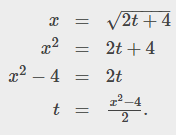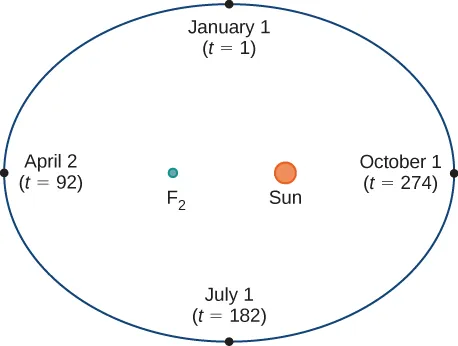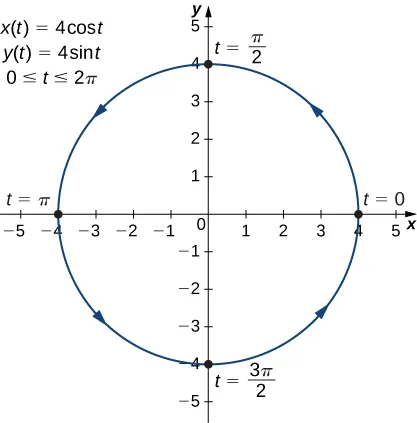Objective:
Transform the function of a curve into parametric equations.
Parameterization of a curve
In the previous lesson we learn how to eliminate the parameter in the parametric equations of a curve. In this post we do the reverse meaning transforming a function of a curve into parametric equations.
Example
Find two different pairs of parametric equations to represent the graph of y = 2x² - 3
Solution
One of the easiest way to do this is to write x(t) = t and substitute x in the function. The result is y = 2 t²-3.
The first set of pair of parametric equations is x(t) = t y = 2t²-3
Since there is no restriction on the domain of the function, we can have a variety of expressions of x in function of t and then substitute x in the function.
For the second pair of equations let's choose x(t) = 3t-2
Let's substitute x in the function:
Therefore a second parameterization of the function is represented by:
Practice
Find two different sets of parametric equations to represent the graph of y = x² + 2x









